OpenThinker vs DeepSeek: Future or Flop?
Understanding OpenThinker and DeepSeek AI
DeepSeek AI and OpenThinker both represent notable advancements in the field of AI. Paired with OpenThinker’s efficiency, DeepSeek AI’s high-performance models offer competitive pricing, marking both of these large language models (LLMs) as leaders in the industry. For anyone in ‘AI world’ – be it developers or businesses, understanding the differences between OpenThinker vs DeepSeek AI is important as of May 2025.
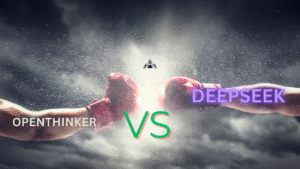
What is OpenThinker?
The Open Thoughts consortium, which consists of several scholars and professionals from elite academic and technological institutions, created OpenThinker as an open-source model. This mid-decile model has been gaining fame since its release in the start of 2025 owing to its performance-to-resource efficiency and less than a year training resource investment. This is best evidenced through the example of OpenThinker-32B, achieving competitive results with far less training data. While DeepSeek used 800,000 training examples, OpenThinker-32B’s 114,000 Training Examples were sufficient to meet these benchmarks and perform comparably or better to many other models.
OpenThinker is built on the Qwen2.5-32B-Instruct model from Alibaba, featuring a 16,000-token context window. This enables it to perform complex tasks, like solving mathematical problems and reasoning in general. OpenThinker’s training dataset, named OpenThoughts-114k, is entirely open-source and includes rich metadata like ground truth solutions and test cases, which optimizes its training. This kind of transparent efficiency is what makes it more attractive for developers and organizations seeking low-cost advanced AI systems [1].
What is DeepSeek AI?
DeepSeek AI, officially known as Hangzhou DeepSeek Artificial Intelligence Basic Technology Research Co., Ltd., is a Chinese AI company founded in July 2023 by Liang Wenfeng, co-founder of the hedge fund High-Flyer. Based in Hangzhou, Zhejiang, DeepSeek has made waves with its DeepSeek-R1 model, released in January 2025. This model, available under the MIT License, offers responses comparable to leading LLMs like OpenAI’s GPT-4 and o1 but at a fraction of the cost. DeepSeek claims to have trained its V3 model for just US$6 million, compared to OpenAI’s US$100 million for GPT-4 in 2023 [2].
DeepSeek’s progress has been characterized as “upending AI” for achieving high performance with lower resource use. Industry-wide reactions, including movements in the stock market, as well as competitor responses such as ByteDance and Tencent adjusting their prices, were triggered by the company’s models, including DeepSeek-R1. Due to an immediate focus on research instead of commercialization, along with creative training methodologies, DeepSeek is a strong contender in the international AI scene [2].
Performance and Technical Comparison
Performance Comparison
With the OpenThinker-32B and DeepSeek-R1 models, key benchmarks reveal varying strengths for each system. Their performance is summarized in the following table:
| Aspect | OpenThinker-32B | DeepSeek-R1 |
|---|---|---|
| MATH500 Accuracy | 90.6% | 89.4% |
| GPQA-Diamond Score | 61.6 | 57.6 |
| LCBv2 Score (Coding) | 68.9 | 71.2 |
| AIME Benchmarks | Lost to DeepSeek | Beat OpenThinker |
Utilizing the MATH500 benchmark focusing on mathematical problem solving, OpenThinker bested DeepSeek 90.6% to 89.4% accuracy, claiming a modest advantage. In general problem solving, as assessed by the GPQA-Diamond benchmark, OpenThinker scored 61.6 while DeepSeek trailed at 57.6. Whereas DeepSeek dominated the coding tasks, scoring 71.2 on LCBv2 compared to OpenThinker’s 68.9. It is evident from these results that DeepSeek has a small advantage in coding applications, but OpenThinker outperforms in mathematics and reasoning.
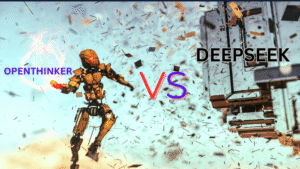
OpenThinker and DeepSeek-R1 Differences
These two systems vary greatly in their architecture, which affects their performance and areas of application. OpenThinker implements a traditional transformer model, which is optimized for low-weight NLP tasks. This makes it suitable for real-time NLP tasks like chatbots or content generation. On the other hand, DeepSeek-R1 uses retrieval-augmented generation (RAG) which enables it to retrieve pertinent knowledge from external sources during inference analysis. This ability performs better on long-context processing and knowledge-heavy tasks like document analysis or multi-document assimilation [3].
In scenarios where external information is critical, DeepSeek-R1 can bolster its contextual accuracy due to the RAG method’s architectural flexibility. This is countered, however, by DeepSeek-R1’s higher complexity structural design compared to OpenThinker’s simpler design, leading to greater computations required for context-sensitive processing [3].
Applications and Efficiency
Use Cases and Applications
The architectural differences between OpenThinker and DeepSeek-R1 translate into distinct use cases. OpenThinker is designed for prompt, all-purpose NLP interfacing as required by chatbots, real-time sentiment analysis, or auto-content generation. Because of its lower resource requirements, it is easily accessible to individuals and non-profit, smaller organizations. A small business with a need for an AI-powered customer service chatbot would appreciate the accessibility and cost efficiency of OpenThinker’s lightweight systems design [3].
Considered from a different perspective, DeepSeek-R1 specializes in knowledge-intensive tasks like performing as a research assistant, analyzing legal documents, or processing documents at an enterprise level. Additionally, its RAG capabilities are particularly beneficial for tasks that require synthesis of information from numerous sources. Research institutions or large enterprises might prefer DeepSeek-R1 due to its superior understanding of context despite higher resource costs [3].
Training Efficiency and Resources
The most remarkable difference between OpenThinker and DeepSeek is in their training efficiency. OpenThinker trained on a sample of 114,000 with a rich metadata dataset which enabled him to outperform others while spending less. His training on four nodes with eight H100 GPUs completed in just under 90 hours also showcased incredible resource efficiency [1].
On the other hand, DeepSeek utilized 800,000 training samples for his V3 model. With a reported training cost of $6 million, it’s still substantially less than competitors like OpenAI’s GPT-4 sitting at $100 million. Still, this spending during DeepSeek’s training process reflects the greater computational resources DeepSeek is known to require to achieve specific benchmarks, affecting his perceived performance [2].
Ethical and Industry Impacts
Ethical Issues and Concerns
With any new advanced AI technology, there arises a certain set of ethical issues and risks – this applies to both DeepSeek AI and OpenThinker. OpenThinker’s open-source design nurtures innovation and creativity but also poses risks for abuse through the creation of misinformation and other malignant endeavors. The recent surge in interest towards DeepSeek, along with its funding from a hedge fund, has sparked conversations about the new AI-centric economy, drawing attention to the monopoly of AI technologies and the information bias that can ensue. The risk to privacy and security of both models due to their unwanted exposure and their competent capabilities, raises concern over their privacy and societal misuse [4].
The misuse of these models also illustrates the necessity for proper rules and restrictions to be set in place, making the need for transparency of AI development practices a priority and creating ethical boundaries for research. Both developers and operators must abide by responsible use policies that will minimize harm from AI devices in technology.
Consequences for the AI Sector
The development of OpenThinker and DeepSeek AI, as outlined in the article, depicts some of the frontiers which will determine the shape of AI in 2025. Firstly, the amount of focus which goes into developing an AI model is intensifying. Models such as OpenThinker shows that achieving high performance does not always require massive amounts of data and computational power, and this could widen the scope of AI’s development, and improve sustainability efforts. Another point is these models being open sourced drives AI development as it enables creators in different parts of the world to use previously created models and build on top of them [1].
Regardless, the competition highlights the need for more specialized skills. For example, one of the most advanced features, document analysis, utilizes the RAG architecture developed by DeepSeek. This demonstrates that there is a need for models that address particular problems. With these changes in the market, the future of AI development will depend on how efficiently, effectively, and efficiently performance are balanced.
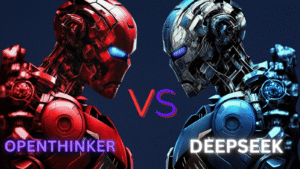
Conclusion
As I remove my hat of analysis and step back, I think of global issues that we still face as one humanity in this ever fascinating OpenThinker vs DeepSeek AI comparison. While OpenThinker shines through with ease of use and resourcefulness, making it attractive for use in applications with stringent budgetary guidelines, DeepSeek AI captures the market with its advanced RAG capabilities world class performance for deep contextual acuity knowledge intensive tasks. Irrespective of the direction the models take them towards in contest keey developments, I have astonishing no doubt that they will eventfully make world altering difference in the realm of technology in 2025 and beyond.
Learn in these days how virtuous OpenThinker and DeepSeek AI cannot only explode oneself with knowledge but helps to immense explore centers of excellence in the enterprise on researcher domain. Doing business is science that needs to be explored on how these advanced models can tech the serious challenges of artificial systems.
Key Citations
- New Open Source AI Model Rivals DeepSeek’s Performance—With Far Less Training Data
- DeepSeek Wikipedia Page
- OpenThinker-7B vs DeepSeek Comparison Guide
- DeepSeek Explained: Everything You Need to Know
/galaxy-s26-gets-smarter-samsung-taps-perplexity-ai-for-future-phones/
/nintendo-switch-2-release-date-price-and-features/
/playstation-state-of-play-june-2025-what-you-should-prepare-for/
/nintendo-switch-2-at-walmart-here-is-how-you-can-pre-order-it/
/apple-ios-26-expected-features-after-the-upcoming-announcement/
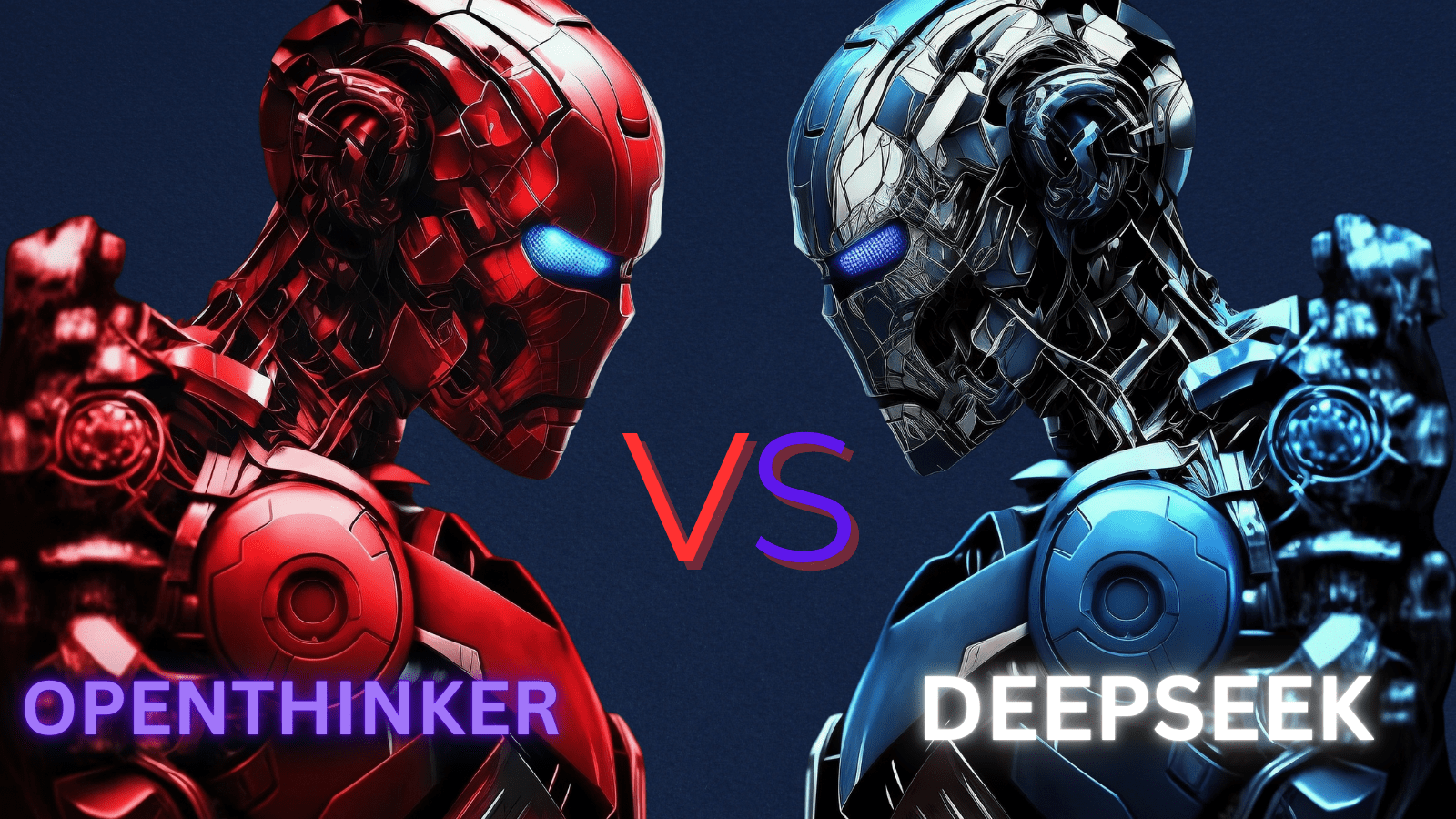

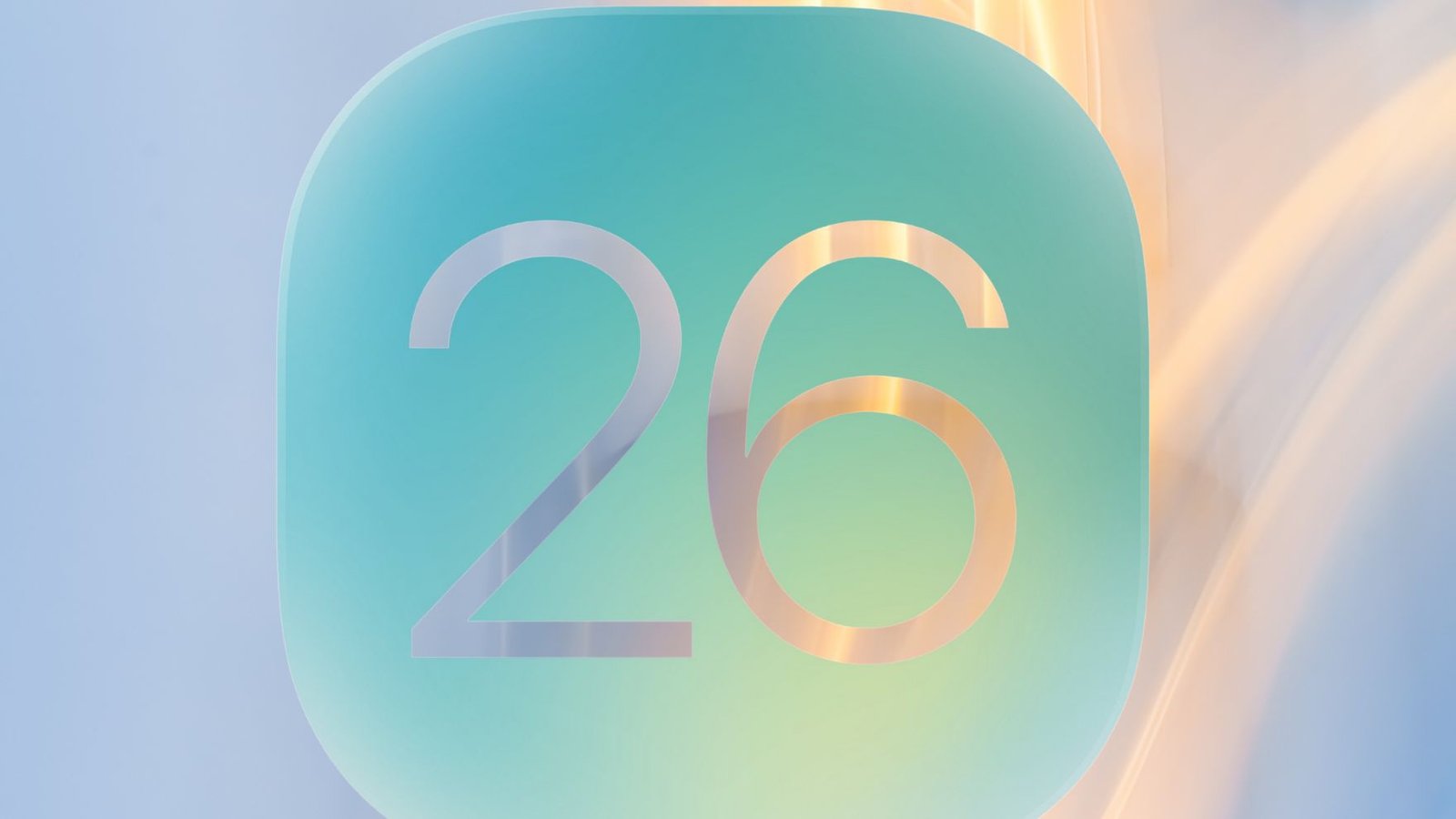




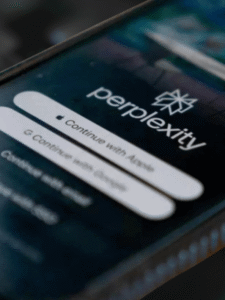





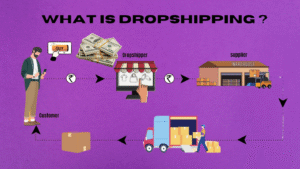

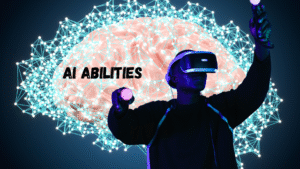


Post Comment